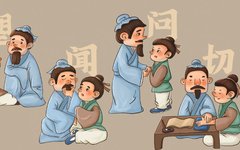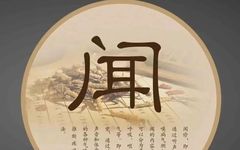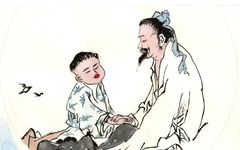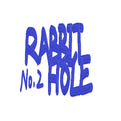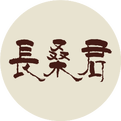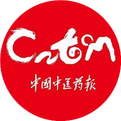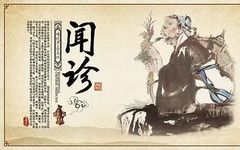The Four Treasures of TCM Diagnosis: Observation, Listening, Inquiry, and Palpation
绿疗讲堂 望、闻、问、切 In the world of Traditional Chinese Medicine (TCM), diagnosing diseases is not merely a matter of simple instrument testing and data analysis; it integrates profound medical wisdom and experience. TCM diagnosis emphasizes the “Four Examinations”: Observation (Wang), Listening (Wen), Inquiry (Wen), and Palpation (Qie). These four steps complement each other, providing doctors with … Read more

